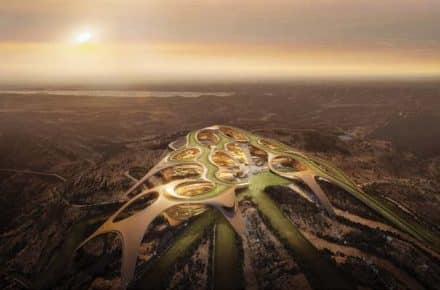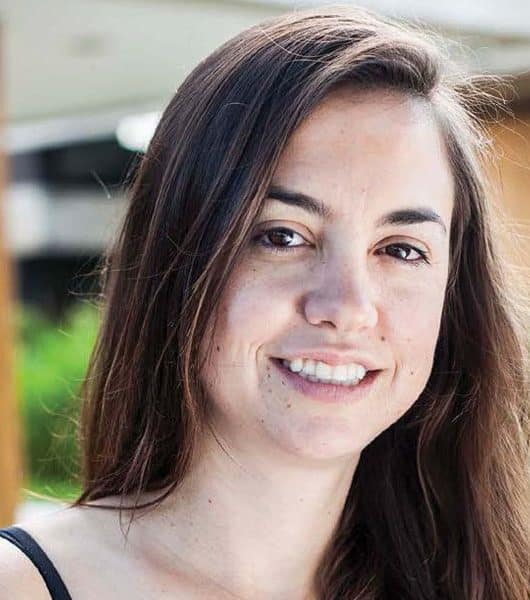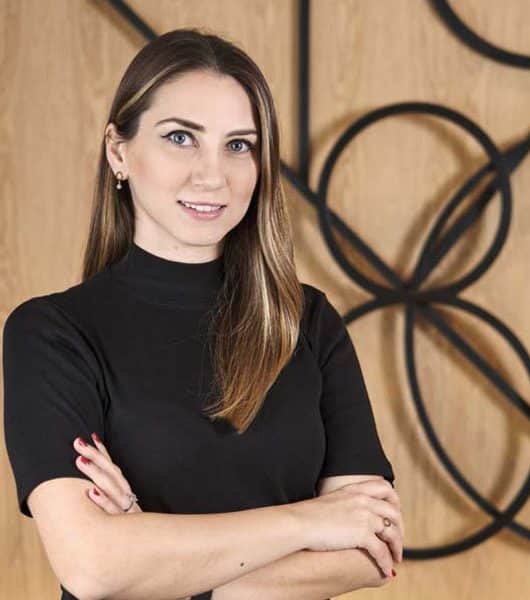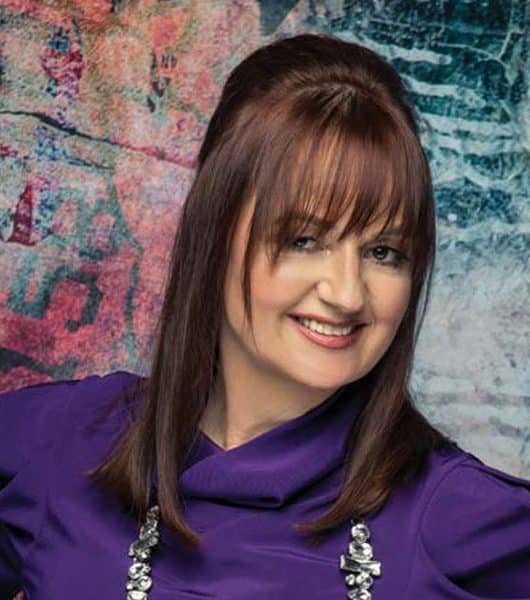Powerlist Creative 30 2022 : Ignacio Gomez GLOBAL DESIGN PRINCIPA AEDAS
Ignacio Gomez, born in Andalusia, Spain in 1975, earned a Master of Architecture and Engineering with Honors from the Polytechnic University of Madrid, ETSAM, as well as a postgraduate programme in Museography and Exhibition Spaces from the Foundation Antonio Camuas, Centro Superior de Arquitectura in Madrid, Spain. Gomez has over 19 years of professional experience in architecture and has estab- lished himself as a key design architect in the region with a growing portfolio of projects recognised for their brilliance since migrating to the Middle East in 2006
Gomez feels that automation and rapidly evolving technology are altering the design and construction industries, enabling engineers and architects to better harness the power of data, manage risk, and improve efficiency.
Gomez talks about the future of cities: “Future cities will be similar to cities of the past in some ways while also being very different. When we consider the evolution of the city over millennia, the reality is that the physical aspects of it have not changed fundamentally – housing groups, social interaction spaces, trading, and so on. As a result, the hardware will essentially already exist and will not be replaced at the rate at which technology evolves. Software, Big Data, and AI are here to stay and are evolving at a rate that the city and its physical environment cannot keep up with. What is also surprising is that big transformations in city design are not and will not involve urban planners and architects. The changes are made by a concentrated number of IT companies that are developing applications and platforms that will redefine the way we interact with others and move around.
His designs earned him the title of “Young Architect of the Year” at the Middle East Architect Awards 2010, while his Red Sea Riviera Master Plan was named Best Residential Project of the Year at the same event.
One of the current trends in architecture and the overall construction market is the commoditisation of design projects to some extent. Gomez comments: “Design solutions appear to be evolving into products that can be








